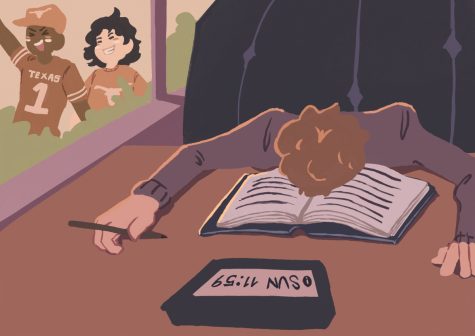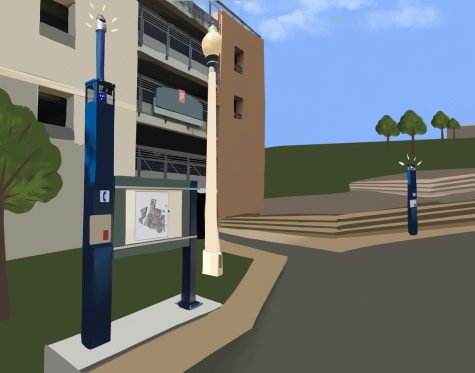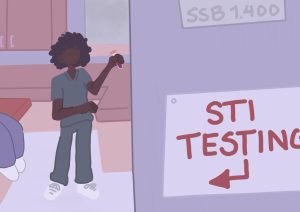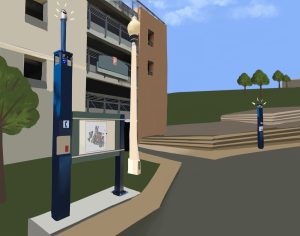Teach students about UT history, traditions during orientation
November 1, 2022
The beginning of each student’s time at UT is marked by a two-and-a-half-day orientation. Nonetheless, many incoming freshmen start their first day of classes unfamiliar with some of UT’s traditions and history that are important in understanding the UT community.
New student orientation should include a mandatory module that addresses UT’s historical identity, explains its traditions and controversies, and debunks common misconceptions about the University.
Journalism freshman Conner Carlow described his misconceptions and confusion when first coming to UT.
“I knew virtually nothing about UT, like what to expect from campus, and the culture as a whole,” Carlow said. “You feel the diversity within Austin itself. And (it’s surprising) to see people from literally every background in your class, especially me, who came from a suburb.”
At a school as large as UT, our perception of the community can be skewed by our personal perspective and influenced by where we came from.
It’s clear that many students have not been made aware of some of their university’s diversity, history and identity. Covering these topics in an orientation module could help first-year students better understand and adjust to the UT community.
Kyle St. Nicholas, associate director of orientation at UT, emphasized that only having two days for orientation limits the amount of information they could give students.
“How much information is too (much), and what are they ready to know at that time?” St. Nicholas said. “What are they going to be able to recall when they come onto campus in the fall?”
Since the pandemic, UT has required students to take pre-orientation modules on Canvas, which are separated into four categories. Adding University Awareness as the fifth category would be extraordinarily helpful for students coming to orientation, and wouldn’t interfere with the limited orientation time.
The main goals of orientation are to help students transition into their “academic and co-curricular success,” according to St. Nicholas. He describes the latter as “making connections with other new students and understanding available campus resources.” But understanding the school means more than just knowing where the career centers are located.
Greek life has been taking steps to help its community understand the role it has played in UT’s history. The Panhellenic board distributes a presentation to UT sororities each semester about the racist history of Roundup, an event that Greek life has hosted since 1930.
“They’re just facts …” Katie Pratt, journalism and advertising senior and the vice president of diversity and inclusion for the Panhellenic board at UT said. “That’s what we inherited as a system, we inherited this history. And that’s not what we are now, but we need to know that’s what we were at one point just to be aware, and not to repeat it.”
The Roundup presentation is a specific example of a bigger conversation that needs to be happening at UT. If Greek life has taken the initiative to teach their members UT community history, then UT can follow suit by making new students aware of the University’s background.
“You should be educated about the community you’re coming into, whether it’s a smaller community within UT or the University as a whole,” Pratt said.
It’s important that we understand the inherited history and tradition of our university, in order to not only adjust to campus culture, but to also move forward and thrive at UT.
Garderet is a Plan II and urban studies sophomore from Dallas, Texas.











